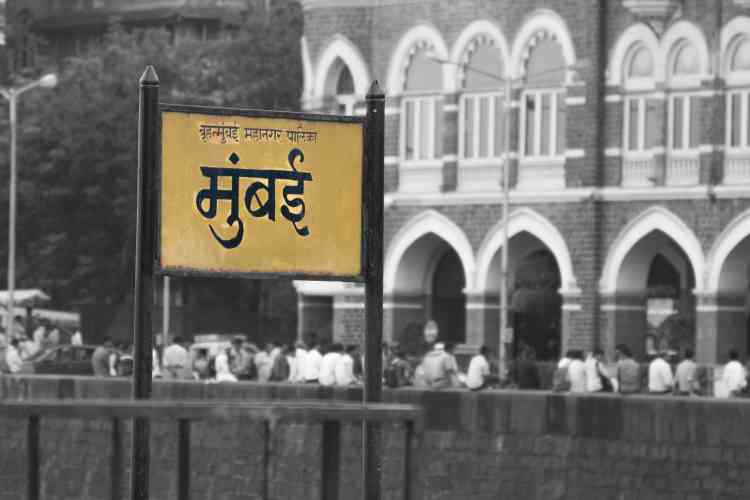The Sanjay Gandhi National Park, SGNP, is called Borivali National Park. It is one of the most visited parks in Asia, which has geographic, historical, ecological, artistic, and lush green marvel significance. From the population of tiger residents to more than 2,000-year-old Buddhist caves, the park has everything.
Read more to know about important facts about this park in Mumbai.
History of Sanjay Gandhi National Park
The Sanjay Gandhi National Park ( SGNP) vicinity has a long record dating back to the 4th century BC. In historical India, Sopoara and Kalyan had been ports within the location that traded with historical civilizations, which include Greece and Mesopotamia. The forty-five km land direction between these ports becomes in part through this wooded area. The Kanheri Caves within the middle of the park have been a crucial Buddhist mastering middle and pilgrimage website sculpted via Buddhist clergymen between the 9th and 1st centuries BCE. They have been chiseled out of a massive basaltic rock outcropping.
At that point, the location of the park became most effective: 20.26 sq. Km. In 1969, the park accelerated its gift size by acquiring diverse reserve forest houses adjoining the park. After this, an unbiased unit of the Forest Department, known as the ‘Borivali National Park Sub-department,’ administered the place. Krishnagiri National Park was created in 1974 and later renamed ‘Borivali National Park.’ In 1981, it was re-devoted as ‘Sanjay Gandhi National Park’ in memory of Sanjay Gandhi.
Wildlife of Sanjay Gandhi National Park
Sanjay Gandhi National Park (SGNP) makes up approximately 20.5% of Mumbai’s geographic territory and is a part of the Western Ghats biodiversity. Kadamba, Teak, Karanj, Shisham, and diverse species of acacia, Ziziphus, and euphorbias are some plants discovered in Sanjay Gandhi National Park. Chital, Rhesus macaque, Bonnet macaque, Black-naped, Bengal Tiger, and so on
What to do at Sanjay Gandhi National Park?
Here are the best points of interest for Sanjay Gandhi National Park:
1.Kanheri caves
Dating back to over two thousand years ago, Kanheri caves are one of the primary points of interest inside Sanjay Gandhi National Park. The caves are located inside the center of the park and are carved out of basaltic rocks. The park has 109 caves, only some of which can be open to travelers. Here, site visitors can see age-vintage sculptures and the rich history of Buddhism.
2.Waterfalls
The monsoon magic tiers up the scenic splendor of Sanjay Gandhi National Park. The rocks and the hills here witness the push of water flowing from atop, making for a lovely sight. There are several unnamed waterfall spots in the interior of the park, which requires fans to discover new waterfalls every monsoon.
3.Cycling across park
Cycling is a famous activity within the national park. It is a shape of activity practiced frequently by way of many locals. Visitors from outside of Mumbai can rent cycles at reasonable costs and cycle across the wooded area trails and discover nooks and corners.
4.Safari ride
The protected place of Sanjay Gandhi National Park is home to some flora and fauna creatures. This natural world can be intently watched by a safari ride in the park. The safari experience is a caged bus that goes through 30 acres of fenced wooded area. It is a trip of approximately twenty to thirty minutes and offers one the risk to see animals like deer, monkeys, and wildcats in their natural habitat.
Conclusion
If you are planning to visit Mumbai, Keep Sanjay Gandhi National Park on your list of destinations in Mumbai. The forest’s spectacular grandeur and remarkable varieties of flora and wildlife are among its primary attractions.
To explore more such places visit the South Mumbai areas, which are home to two UNESCO World Heritage Sites: The Chhatrapati Shivaji Maharaj Terminus and the city’s distinctive ensemble of Victorian and Art Deco structures.


